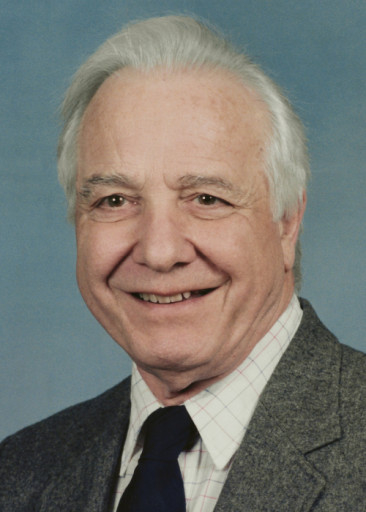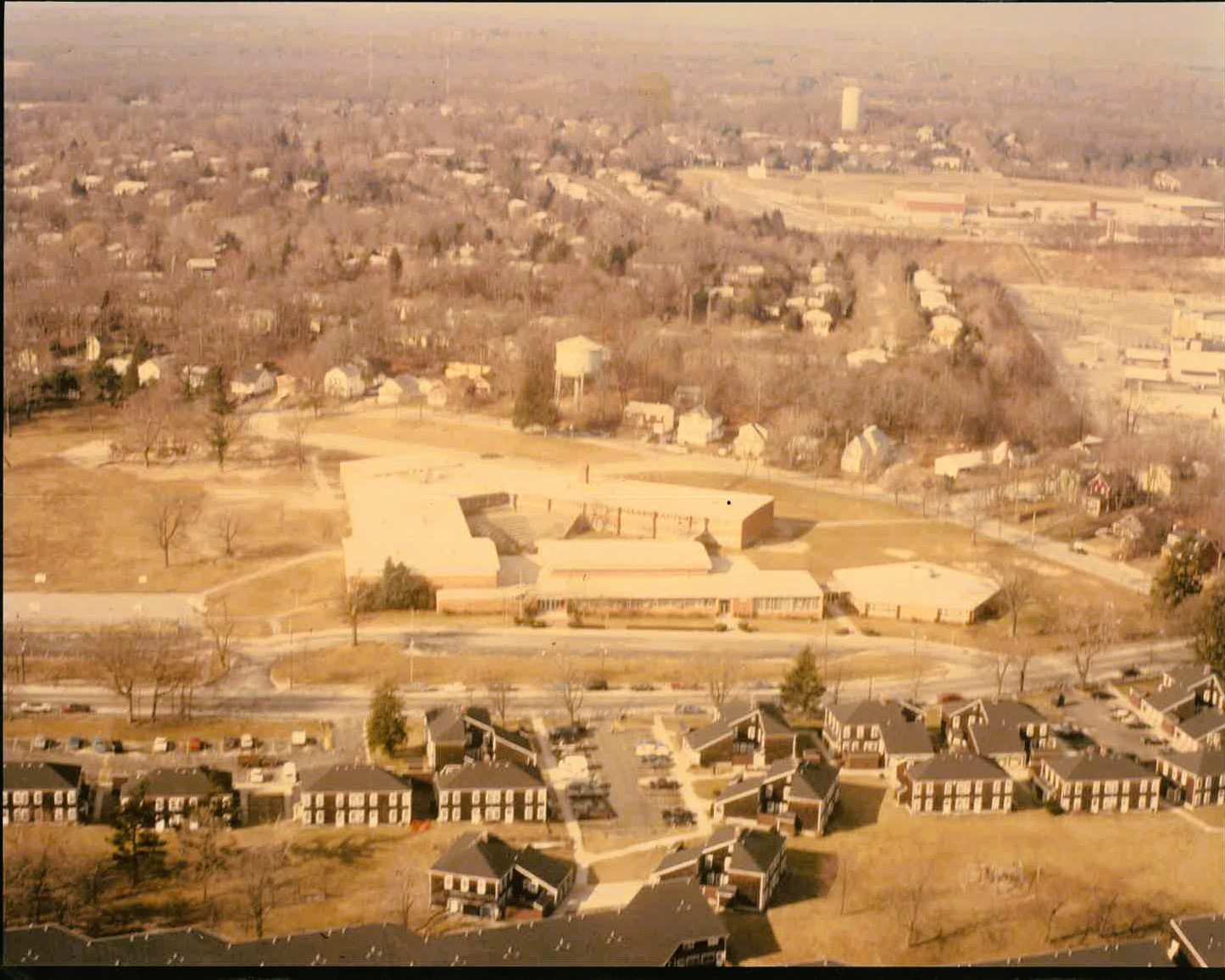STEM Rotunda Named for Alumni Architect Al DiGiacomo
August 18, 2023
Huntington School Board members voted to rename the Jack Abrams STEM Magnet School rotunda after the architect who designed the building; Huntington High School Class of 1941 member Alfred DiGiacomo. A ceremony is being planned for the fall.

Mr. DiGiacomo lived an incredible life. The oldest of five children, he served as a translator between his immigrant parents and Huntington School District officials. After graduating, he worked at Sarrow’s Grocery Store until enlisting in the US Army in November 1942. He was assigned overseas in October 1943.
Sergeant DiGiacomo joined the 926 Signal Battalion as a switchboard operator providing air support for ground services to the 9th Tactical Air Command. He received a medal for his service in the European African and Middle East Theater with five battle stars for his participation in the Battle of Normandy and the Battle of the Bulge.
After serving in World War II, DiGiacomo he enjoyed a long career in architecture spanning more than 45 years. Beginning as a draftsman in his hometown of Huntington Station after the war, he quickly discovered his love and fascination for all things design. He passed away on June 27, 2021 at the age of 98.
After receiving his architecture license in 1948, Mr. DiGiacomo began working in a small architecture firm under the direction of James Van Alst. In his 14 years there, Ms. DiGiacomo designed more than 50 school buildings, several churches, firehouses, retail stores and many other projects on Long Island.
In 1962, Mr. DiGiacomo continued his already distinguished career with Carl Stoye & Associates. After meeting with groups of stakeholders in the school district and community, he created a groundbreaking design for Huntington Elementary School (the original name of today’s Jack Abrams School) in 1967. The building had an assortment of unique features, including the rotunda, fixed seat auditorium, oversized gym, large courtyard with amphitheater, science and language labs, specialized art and music rooms, a large second floor library and many other touches.
Some of his other local designs included the Long Island Arena in Commack, South Oaks Hospital, Gloria Dei Lutheran Church, Walt Whitman High School, Islip High School, numerous Suffolk Police precincts and countless other structures.
In 1969, he became the county architect for Suffolk County in New York, responsible for the design, construction and maintenance of all county buildings. He was responsible for the design and construction of two community college campuses and the master planning for the county center in Yaphank, which Newsday called “planning at its best.”
Mr. DiGiacomo moved to Ithaca to work as senior architect at Cornell University in 1980. In his 13 years at Cornell, he oversaw the design and construction of numerous projects on campus including the Geological Sciences Building, Biotechnology Building, the townhouse apartment complexes, Schwartz Performing Arts Center, Snee Hall, Akwe:kon House and the Uris Library addition. He also completed his own designs for the university including the Willard Straight Ivy Room and terrace.
Mr. DiGiacomo retired from Cornell in 1993 and continued to live a full life. He wrote five books, including “A Soldier’s Diary” and “American Bread.” He made presentations on his experience in World War II at Ithaca High School.
The Huntington High School alum is remembered for his fierce independence and love of music, photography, gadgets, books and storytelling.
“Several years back, I had the privilege of meeting Mr. DiGiacomo and taking a lengthy walk with him through Jack Abrams STEM Magnet School,” Superintendent James W. Polansky said. “He proudly shared myriad details related to every light, ceiling and floor tile, classroom door, etc. and could point out every change made since the building opened its doors for the first time in 1969.”
